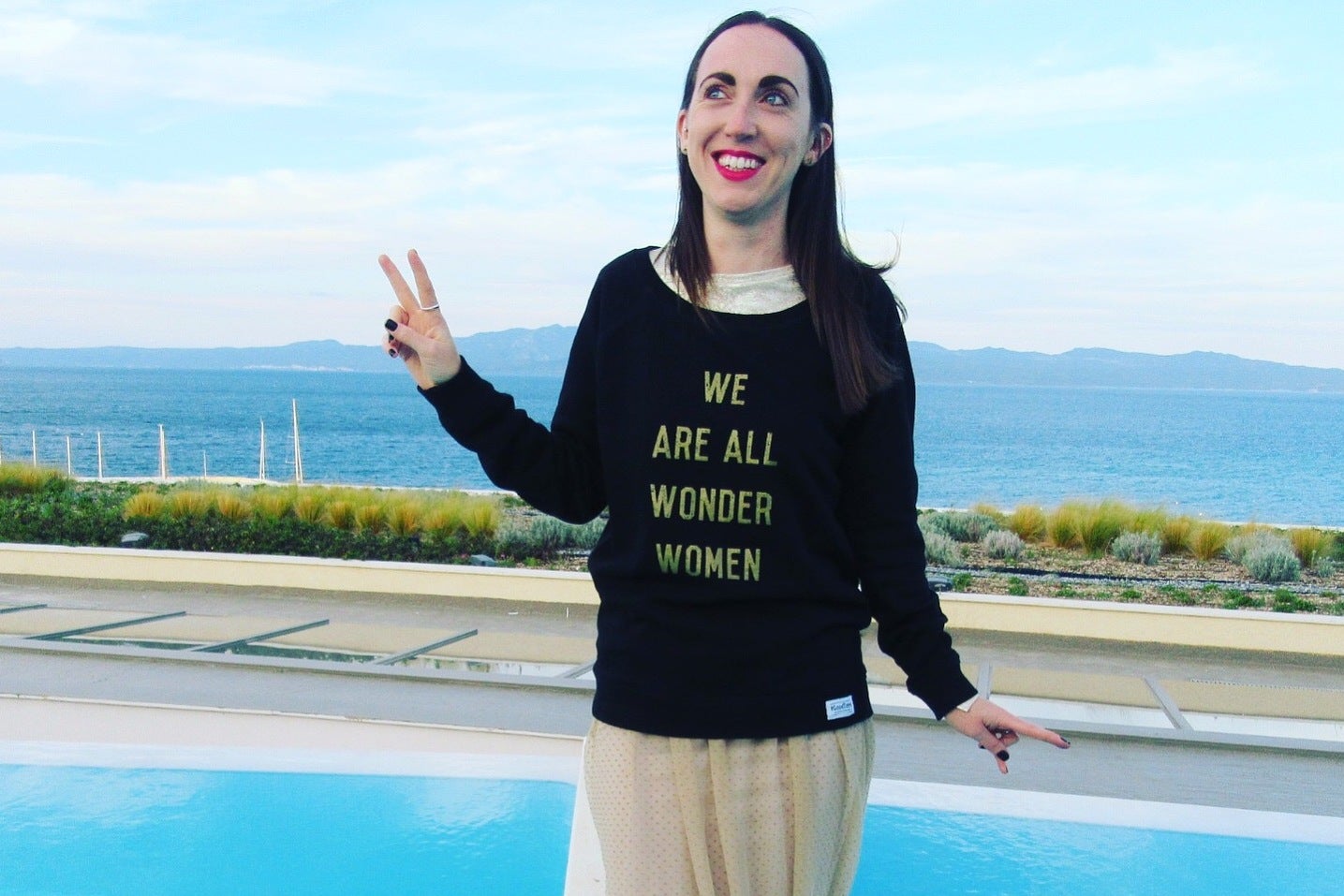An endometriosis inquiry is vital – I spent 9 years battling it before I knew what was wrong
The disorder affects around 176 million women of reproductive age worldwide and yet the average diagnosis time is seven and a half years. Helen Wilson-Beevers recounts her experience with endometriosis


In October 2019, after decades of inaction, MPs announced they would be launching a much-needed enquiry into endometriosis. Although we are still waiting for this to happen, for sufferers like me it brings hope that a cure will finally be found.
I am one of the 1 in 10 women in the world with endometriosis, the disorder that sees tissue that mimics the womb lining grow outside of it; around the fallopian tubes and the ovaries, with symptoms ranging from heavy, painful periods to fatigue, infertility, pain during sex and depression.
The disorder affects around 176 million women of reproductive age worldwide and yet the average UK diagnosis time is seven and a half years, with this demoralising condition still little understood.
My own symptoms began at 14. I vividly remember being rushed to hospital after keeling over during the Hollyoaks omnibus one weekend. The pain was excruciating, and I writhed around in agony on the floor. Doctors were baffled as to what was wrong with me. I spent the next nine years fighting for a diagnosis.
My symptoms were initially dismissed as irritable bowel syndrome. One GP even shrugged and told me some women have abdominal pain that is never diagnosed as if that was supposed to provide some sort of comfort. Every period brought vomiting, fainting episodes and mind-numbing pain alongside general exhaustion and low mood. From the age of 18 I regularly took codeine to help with the pain and I knew never to leave the house without some sort of painkillers in the bag.
At 22, an ambulance was called to my work. I’d given up explaining to people why I sometimes collapsed in public and the mental fatigue of being without a diagnosis was starting to seriously take its toll. The illness affected every relationship I had, and regular sick days meant I was struggling to hold down a job.
Finally, a year later, I was diagnosed during an investigative operation. The pelvic endometriosis found was removed by laser ablation under general anaesthetic. But, within weeks of surgery, that familiar grinding pain resurfaced, and IV morphine beckoned again. It felt like I was being gutted from the inside out, like a hot metal rod had been inserted into my pelvis and its white heat was radiating into every part of me.
I was told that I should expect difficulty conceiving. Luckily, I fell pregnant soon after meeting my husband and had a son two years later. But promises from doctors that pregnancy and birth improve endometriosis symptoms fell flat. Both pregnancies brought with them new, frightening complications which I realise now were due to the endometriosis as well. I encountered pain as my uterus grew with pregnancy plus early labour scares and post-birth womb infections each time.
After my son’s birth in 2011, things ramped up a gear. I was constantly in excruciating pain, which felt identical to labour. I spent three weeks of every month experiencing intense cramps and sharp stabbing pain.
Over the summer of 2014 I was hospitalised with “gastric symptoms”, despite investigations finding nothing gastrointestinal wrong with me. I was prescribed medication that mimicked the menopause and I was told the endometriosis had spread to my diaphragm too.
After trying every kind of treatment available, from the Mirena coil to contraceptive pills, pain relief, surgery and the Prostap injection (treatment to temporarily stop the ovaries working and halt periods which brought hideous side effects), I was running out of options. Life had become completely unbearable and the acute pain, continuous. My consultant suggested a hysterectomy. I was heartbroken.
Later that year after — my 10th operation and years taking a cocktail of painkillers — I ended up in an ambulance again. I now required a weekly morphine drip to manage the pain. In December 2015 I conceded and, at the age of 31, I had a hysterectomy.
A hysterectomy isn’t a cure for endometriosis, and it comes with its own set of complications, but it can relieve symptoms and I didn’t see another way out. Waking up on the ward, it felt as though somebody had removed a lead boulder from my pelvis.
The recovery process was nothing short of traumatic. I was thrown into early menopause and had to navigate HRT. Since then, I’ve also required treatment for bladder pain (another legacy of the endometriosis).
But, some four years later, I am without pain-relief and I no longer tick the box stating I have upcoming hospital appointments when I apply for travel insurance. I appreciate every single day that I’m not in pain.
It took me nine years to get diagnosed — a delay largely the result of a lack of significant medical research and doctor training. Perhaps if this wasn’t the case, I would still have a womb today. But it was, for me and thousands of women like me, which is why this parliamentary inquiry is so vital. I wouldn’t wish this lifelong struggle on anyone.
Join our commenting forum
Join thought-provoking conversations, follow other Independent readers and see their replies
Comments